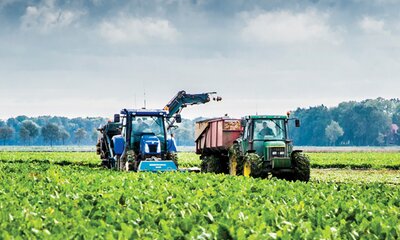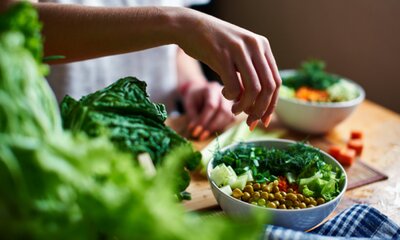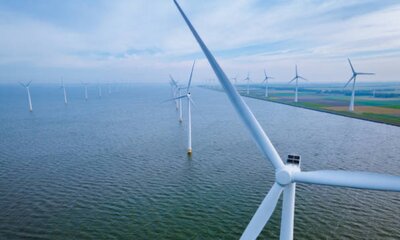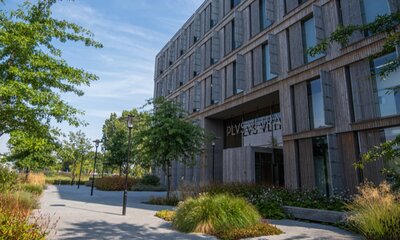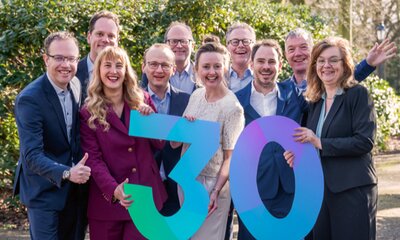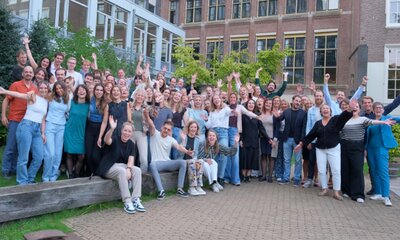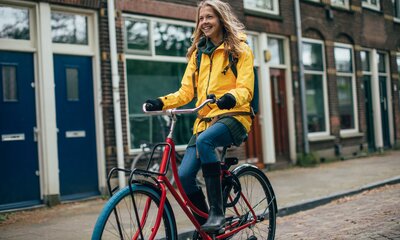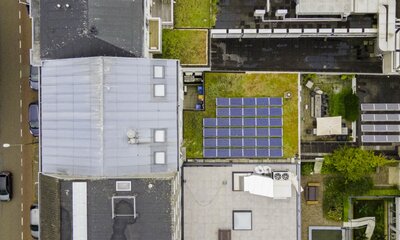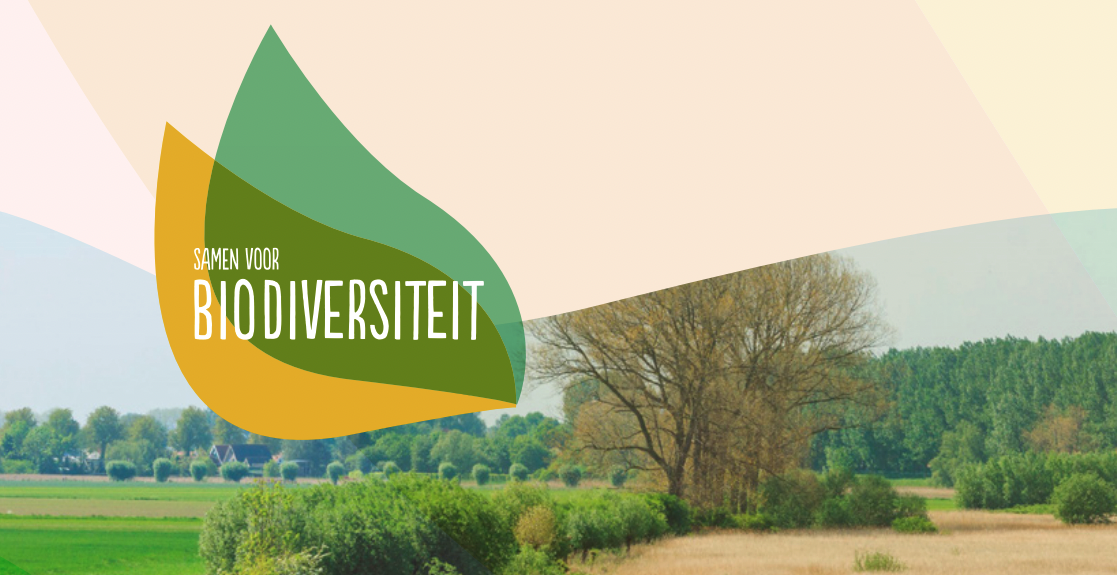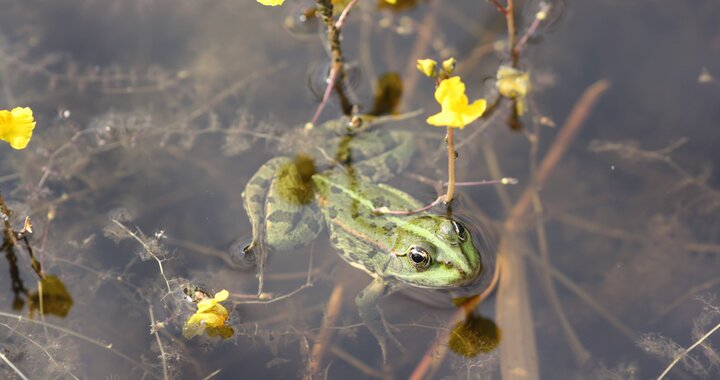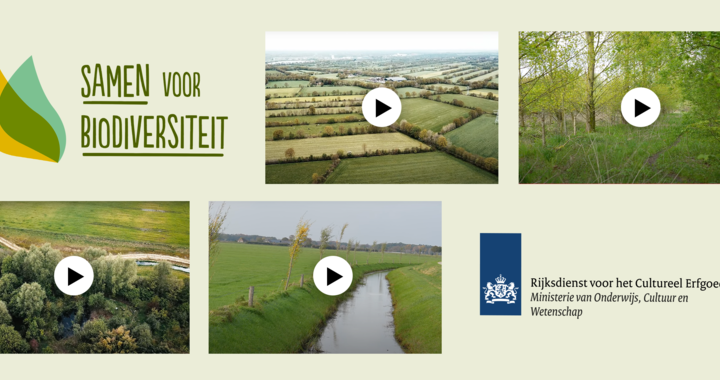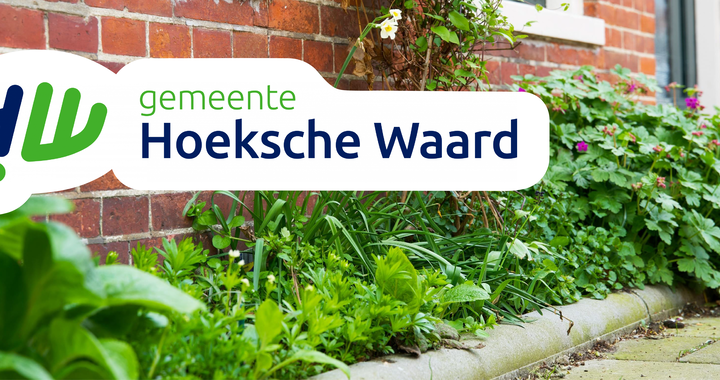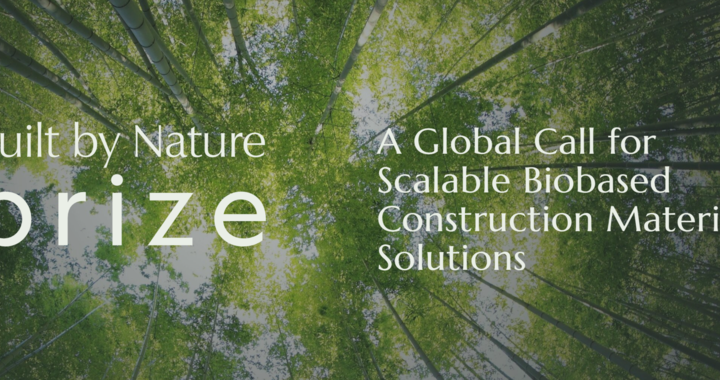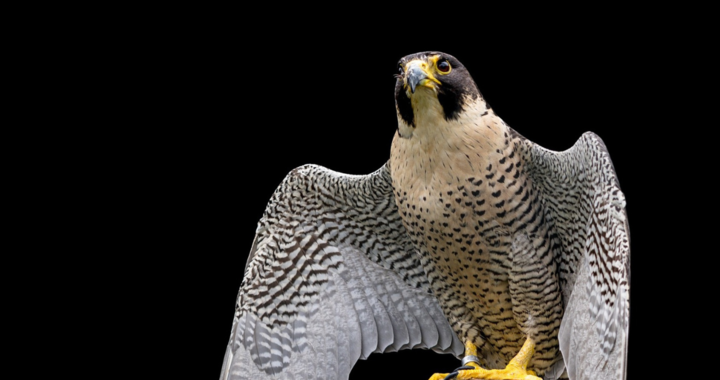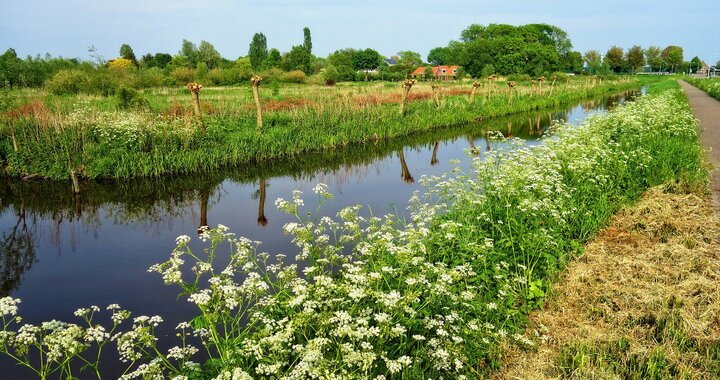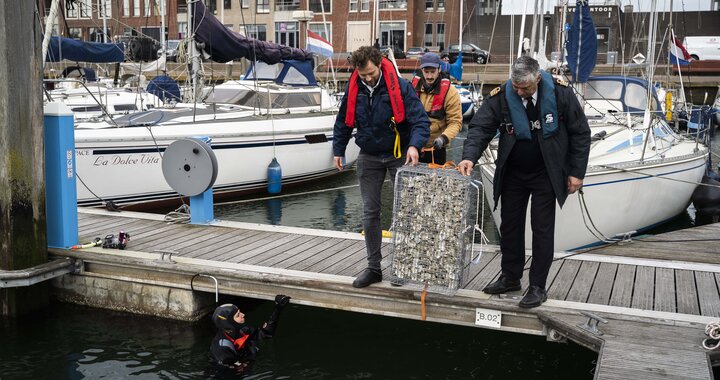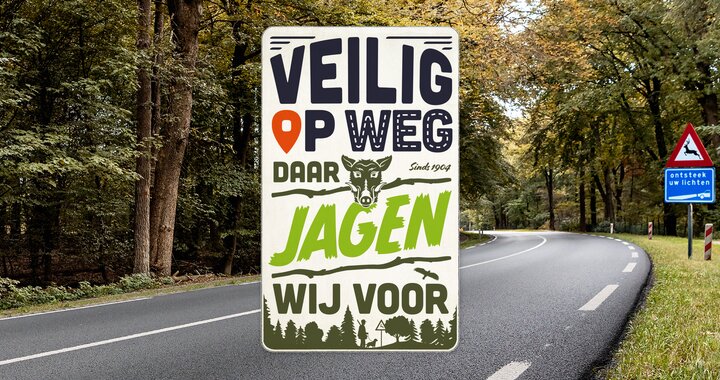In short, it is high time to reverse this trend and restore landscape elements, thereby revitalizing biodiversity in our country. The ‘Aanvalsplan Landschap’ aims to achieve a green-blue network covering 10% of the rural areas. This effort can make a significant contribution to societal challenges related to nature, climate, nitrogen, and water quality. This is also supported by research conducted by Wageningen University and Research (WUR). Green-blue connectivity is crucial for enhancing landscape quality, combating desiccation, and explicitly contributing to the prospects of agriculture and the rural area as a whole.
The Aanvalsplan Landschap was developed in collaboration with partners from the Deltaplan Biodiversiteitsherstel and was presented to Minister Van der Wal in September 2022. The goal of the plan has now been incorporated into the National Rural Area Program (NPLG). The NPLG aims to achieve healthy nature, clean water, and clean air. The primary focus on nature within the NPLG aligns with the obligations of the European Bird and Habitat Directives.
Every region in the Netherlands is unique. The quality of nature, water, and soil varies across regions. Therefore, the needs differ from one area to another. Through the NPLG, provinces, entrepreneurs, and land managers assess the requirements for each area, aligning with its specific characteristics and considering the capacity of water, soil, and nature. The NPLG provides frameworks that provinces utilize to formulate regional programs. In these programs, provinces outline how they will achieve goals for nature, nitrogen, water, and climate, and identify necessary measures. Ultimately, this should contribute to the sustainable development of rural areas.
The Aanvalsplan Landschap has led to the creation of a guideline that further clarifies the definitions of landscape elements.
